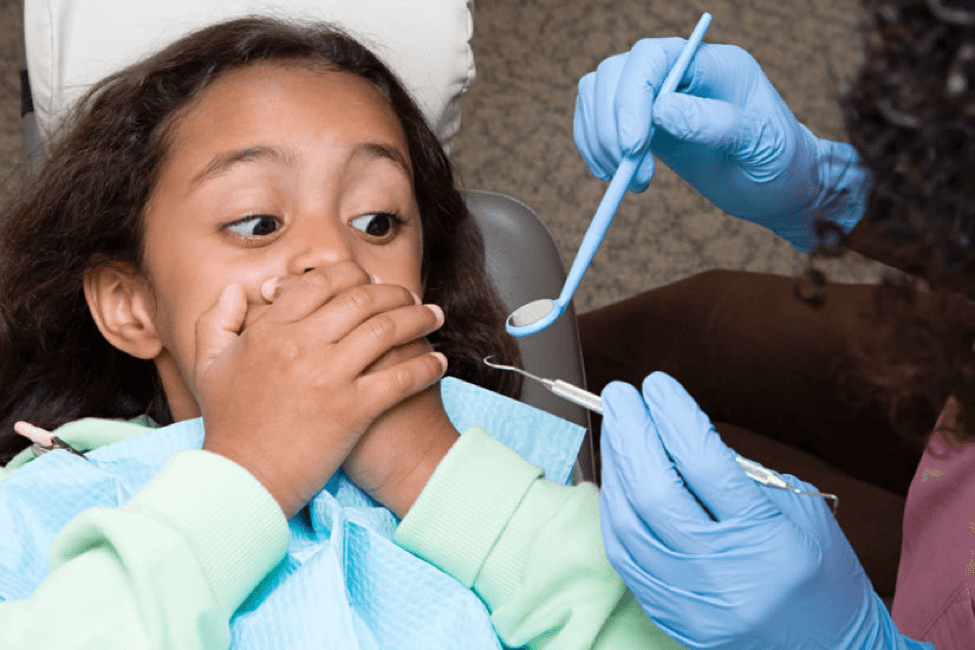There has been a lot of attention on and encouragement for adults to develop mindfulness, especially through yoga and meditation. There is also a growing movement to teach children about mindfulness. As Christians, we are called to “rest in the Lord,” meaning that we should spend quiet time with the Lord and trust Him. This week I wanted to take a look at Christian mindfulness and how you can help your children develop it.
Just what is mindfulness? A simple definition is to be attentive to the present. Our thoughts race around in our minds throughout the day. How much are we aware of what is happening now – in the present time? At the website, christiansimplicity.com, the writer gives a wonderful description of Christian mindfulness: “Because God is part of our everyday lives, paying attention to God and focusing on God’s kingdom is a fundamental practice of Christian mindfulness.” The writer refers to it as “mindfulness Jesus-style.” I like that!
Living in the present means that we are to have our hope in God and not dwell on our worries. We should be at peace with ourselves and our surroundings.
Meditation is a good way to develop mindfulness. Christiansimplicity.com further recommends using scripture during meditation:
Christian meditation can be as simple as sitting still for ten minutes, breathing easily, and repeating a line of Scripture. Good phrases for this kind of meditation are “Maranatha” and “Be still and know that I am God.” This kind of meditation renews both our minds and our spirits. It provides a centeredness that helps us listen for God. It also trains us over time to release all the distracting thoughts that occur to us during the average day and refocus on what matters.
Children need assistance in dealing with their emotions and worries. Select appropriate scripture verses that they can easily memorize. Encourage them to take some time each day to sit quietly and repeat scripture or to just experience the present moment.
To learn more, CLICK HERE.



